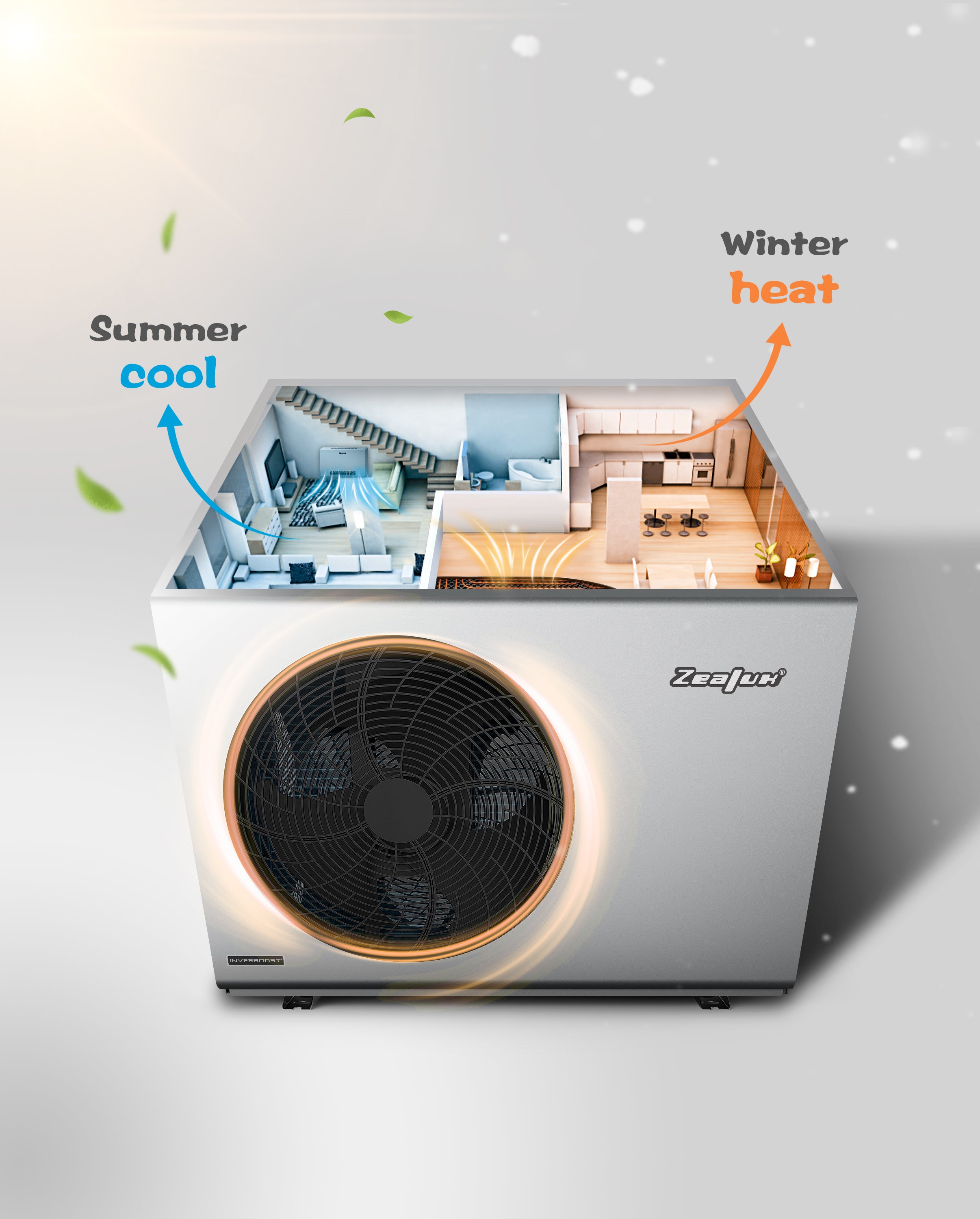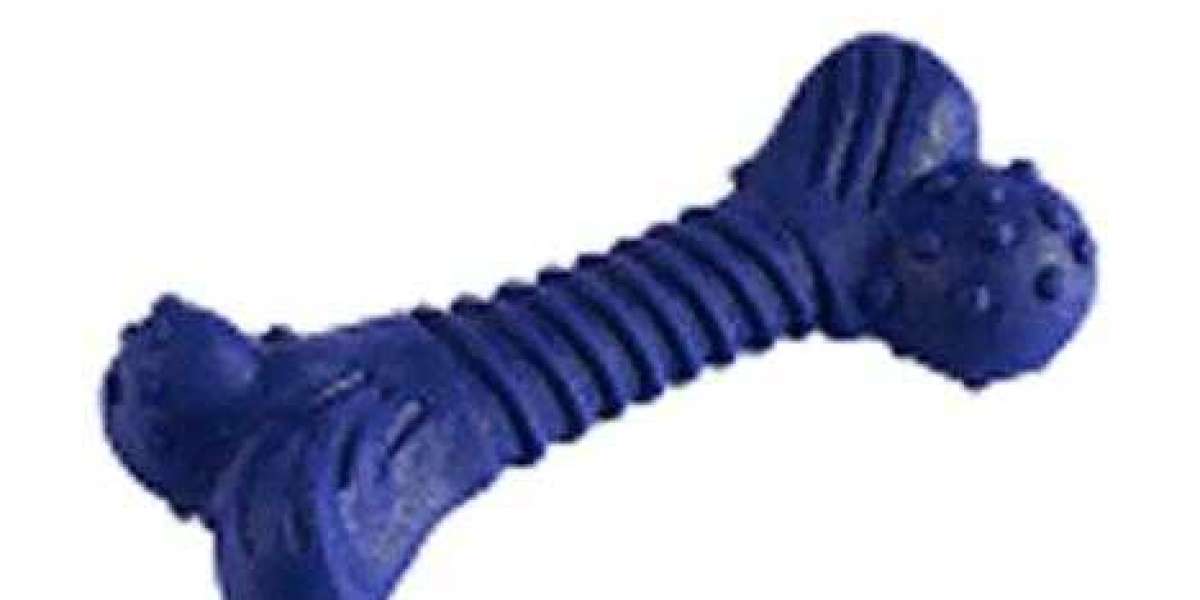The ability to regulate one's body temperature has a major impact on sports performance. For athletes engaged in a variety of sporting activities, like marathon running, football, or any other physically demanding activity, the capacity to maintain an ideal internal temperature is crucial. The intriguing science of temperature control in sports is examined in this article, along with the mechanisms at work and practical tactics players may use to perform at their best under a variety of temperature settings. Athletes may improve their endurance, stamina, and general performance by comprehending and putting these techniques into practice, enabling them to perform to their maximum capacity in any sports endeavor they take on.
The Human Body's Thermoregulation System
The advanced thermoregulation system in the human body maintains the body's core temperature at a steady 98.6°F (37°C). When engaging in strenuous physical activity, such as physically demanding sports, the body generates heat through metabolic processes. In order to avoid overheating, the body employs a number of physiological mechanisms, such as vasodilation and sweating. Sweating dissipates heat by the evaporation of perspiration from the skin's surface, and vasodilation enlarges blood vessels to better conduct heat and assist optimal temperature regulation.
Sweating: The Body's Natural Cooling Mechanism
The body's main method of controlling temperature is sweating. When the body's internal temperature increases, specialised sweat glands in the skin produce perspiration. The main components of sweat are water, electrolytes, and minute amounts of metabolic waste. The heat is successfully removed from the body when this perspiration evaporates off the skin's surface, cooling the body and assisting in the maintenance of a constant internal temperature.
Several variables, such as a person's degree of fitness, their level of acclimatisation to various temperatures, the kind of clothes they are wearing, and the particular environmental circumstances they are exposed to, can affect the pace and amount of sweating. Sweating becomes even more important in hot and humid situations because the high moisture content in the air reduces the evaporative cooling effect. Even under difficult circumstances, the body continues to rely on sweating as a crucial mechanism for temperature control, enabling athletes and those taking part in physical activity to cool down and prevent overheating.
Vasodilation: Expanding Blood Vessels for Heat Dissipation
Vasodilation, or the enlargement of blood vessels close to the skin's surface, is another process involved in controlling body temperature. When the body wants to release heat, blood flow to the skin rises, allowing heat to go from the core to the skin and then out into the surroundings. The equilibrium between heat generation and heat loss is maintained by this process.
Temperature Effects on Athletic Performance
Extreme temperatures, both hot and cold, can significantly impact an athlete's performance. Let's explore how different temperature conditions affect the body and athletic capabilities:
Hot Environments:
The danger of overheating increases in environments with high temperatures, such as those seen in the summer or interior spaces without enough ventilation. Dehydration, heat exhaustion, and even the potentially fatal illness of heatstroke are all serious effects of high heat. Not only can these heat-related illnesses hinder sports performance, but they also present major health hazards that should not be ignored.
The body's cooling processes, especially sweating, become crucial to overcoming the difficulties presented by high temperatures.Heat may be discharged from the skin of the body through sweat evaporation. This natural process helps to regulate body temperature and postpone the onset of illnesses brought on by extreme heat. It's crucial to remember that persistent and excessive perspiration might result in fluid and electrolyte imbalances in the body.
An athlete's performance may suffer from fluid and electrolyte imbalances. They can weaken muscles, decrease endurance, and make it more likely that you'll have cramps. Athletes must prioritize good hydration and electrolyte replacement before and throughout exercise in hot situations to combat these effects.
Cold Environments:
The body encounters a unique set of difficulties in colder climates. Maintaining a healthy core temperature to avoid hypothermia is a major priority. Vasoconstriction, which occurs when blood vessels close to the skin's surface tighten as a result of cold weather, reduces blood flow to the extremities and prioritizes warming critical organs.
Cold temperatures can also have an impact on the flexibility and performance of muscles. Performance might be hampered, response times can be slowed down, and injury risk can rise as a result of reduced blood flow and increased muscle stiffness. To mitigate the impacts of cold weather, proper warm-up activities and layering clothes to preserve heat are crucial.
Strategies for Temperature Regulation in Sports
To optimize athletic performance in varying temperature conditions, athletes can implement several strategies:
Acclimatization:
Gradual exposure to specific temperature conditions allows the body to adapt and become more efficient at temperature regulation. Athletes can undergo a period of acclimatization by gradually increasing their exposure to hot or cold environments. This helps the body adjust its sweat response, improve blood flow regulation, and enhance overall tolerance to temperature extremes.
Hydration Management:
Adequate hydration is crucial in both hot and cold conditions. In hot weather, athletes should prioritize fluid intake before, during, and after exercise to replace the fluids lost through sweating. In cold weather, it's equally important to stay hydrated, as the body's fluid needs and the risk of dehydration may be less noticeable. Monitoring urine color and ensuring regular water intake are essential practices for maintaining optimal hydration levels.
Proper Clothing:
Choosing appropriate clothing is vital for temperature regulation. In hot conditions, lightweight, breathable fabrics that wick away sweat can help promote evaporative cooling. Wearing light-colored clothing can also reflect sunlight and reduce heat absorption. In cold weather, layering is key. Multiple thin layers allow for better insulation and the ability to adjust clothing according to changing conditions. The outer layer should be windproof and waterproof to protect against wind chill and precipitation.
Pre-Exercise Warm-up:
Before engaging in physical activity in colder temperatures, a thorough warm-up routine becomes even more important. It helps increase core body temperature, improve blood flow to the muscles, and enhance flexibility. Dynamic stretching exercises, light aerobic activity, and mobility drills are effective ways to prepare the body for performance in cold weather.
Post-Exercise Recovery:
After intense physical activity at any temperature, proper post-exercise recovery is essential. This includes replenishing fluids and electrolytes, consuming nutrient-rich foods to support muscle repair and growth, and allowing for adequate rest and sleep. Optimal recovery practices help the body regain balance and prepare for subsequent training sessions.
Monitoring Environmental Conditions:
Keeping an eye on the weather forecast and monitoring environmental conditions during training or competition is crucial. Extreme heat, humidity, cold, or wind chill can significantly affect performance and pose health risks. Adjusting training schedules, modifying exercise intensity or even rescheduling events may be necessary to ensure athlete safety and optimize performance. For indoor training, consult with a heat pump supplier and choose a temperature control system like an air to water heating system for the training place, ensuring that athletes can train in a comfortable and conducive environment, regardless of the weather conditions.
 air to water heat pump manufacturer
air to water heat pump manufacturer
Seek Professional Guidance:
Working with coaches, trainers, or sports science professionals can provide valuable insights and guidance on temperature regulation strategies specific to an athlete's sport, goals, and individual needs. These professionals can offer personalized training plans, nutrition advice, and performance optimization techniques tailored to different temperature conditions. Additionally, working with a heat pump manufacturer can provide insights into temperature control solutions for training facilities, ensuring that athletes have the best possible environment for their performance and recovery.
Conclusion
Temperature regulation plays a vital role in athletic performance, as the body's ability to maintain a balanced core temperature directly impacts an athlete's capabilities. The body employs natural mechanisms such as sweating and vasodilation to cool down or warm up as needed. Athletes must recognize the influence of hot and cold conditions on their performance and take proactive steps to optimize temperature regulation. Strategies such as acclimatization, managing hydration levels, selecting appropriate clothing, following effective warm-up routines, implementing proper recovery practices, monitoring environmental conditions, and seeking guidance from sports professionals all contribute to achieving peak performance across different temperature environments. By embracing these strategies, athletes can overcome temperature challenges and excel in their chosen sports, ensuring they perform at their best regardless of the external temperature conditions they encounter.

 european heat pump manufacturers
european heat pump manufacturers






